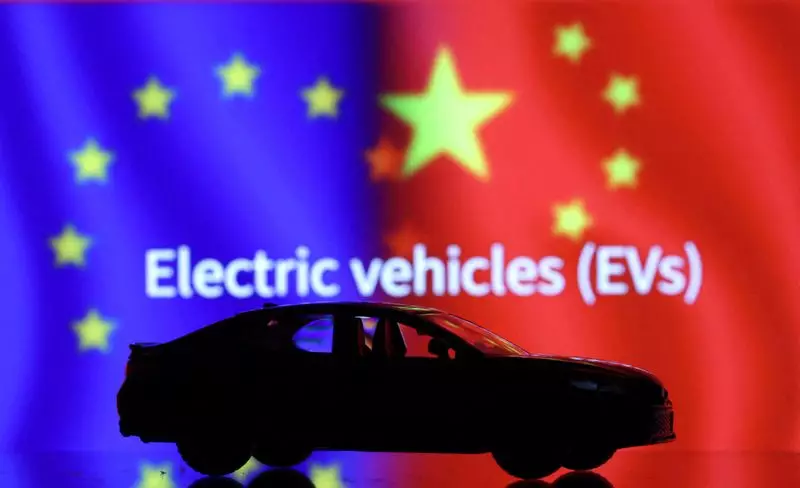China recently initiated an anti-subsidy probe into imported dairy products from the European Union, causing tensions to rise between the two entities. The probe, announced by China’s commerce ministry, focuses on various types of cheeses, milks, and creams intended for human consumption. Prompted by a complaint from the Dairy Association of China and the China Dairy Industry Association, this investigation will scrutinize 20 subsidy schemes from across the 27-member bloc, with specific attention given to countries like Austria, Belgium, Italy, and Romania.
In 2023, the EU was China’s second-largest source of dairy products, accounting for at least 36% of the total value of imports. However, exports from the EU to China decreased from 2 billion euros in 2022 to 1.7 billion euros in 2023, as indicated by European Commission data. The outcome of this investigation could have significant implications for the dairy industry on both sides, with potential changes in market dynamics and trade relationships.
Another investigation announced by China’s commerce ministry in June pertains to the anti-dumping practices in the pork industry. This probe targets pork products intended for human consumption, including fresh, cold, and frozen cuts, as well as pig intestines, bladders, and stomachs. Prompted by a complaint from the China Animal Husbandry Association, this investigation raises concerns about the market share of pork suppliers from South America, the U.S., and Russia if imports from the EU are restricted.
The EU currently accounts for more than half of the roughly $6 billion worth of pork imported by China in 2023. Spain alone contributed a quarter of this total, with the Netherlands and Denmark following closely behind. With the potential for market shifts and trade disruptions, the outcome of this investigation could reshape the global pork industry landscape.
The Brandy Market
In contrast to the investigations on dairy and pork products, China’s commerce ministry decided not to impose provisional tariffs on brandy imported from the EU, despite finding evidence of below-market pricing. This decision comes after speculations earlier in the year regarding EU brandy makers selling their product at reduced rates in China, impacting the sentiment of cognac producers, particularly French companies like Remy and Pernod.
The French cognac industry dominates China’s EU brandy imports, raising questions about the motives behind this investigation. French producers expressed concerns that the probe might be tied to broader trade disputes rather than market-related issues. The decision not to impose tariffs highlights the complexities of international trade relations and the delicate balance between enforcing regulations and maintaining diplomatic ties.
Adding to the list of investigations, China launched an anti-dumping probe in May targeting POM copolymers, a type of engineering plastic, imported from the EU, U.S., Japan, and Taiwan. This investigation underscores China’s efforts to address potential market distortions and unfair trade practices in the plastic industry, reflecting a broader trend of increasing scrutiny on imported goods.
The outcome of these investigations will not only impact the respective industries but also have ripple effects on global trade dynamics. As China intensifies its scrutiny on imported products, it sends a clear signal to trading partners about its commitment to fair trade practices and market regulations. The results of these investigations will shape the future trajectory of trade relations between China and the EU, highlighting the complexities and challenges inherent in the global trade landscape.

